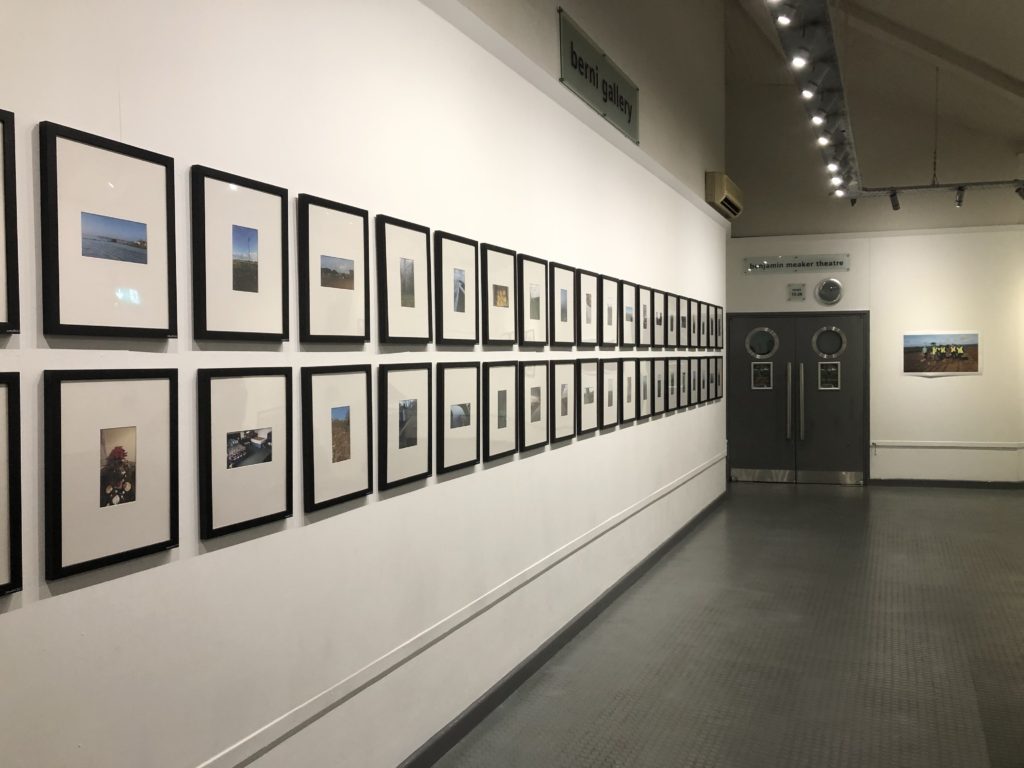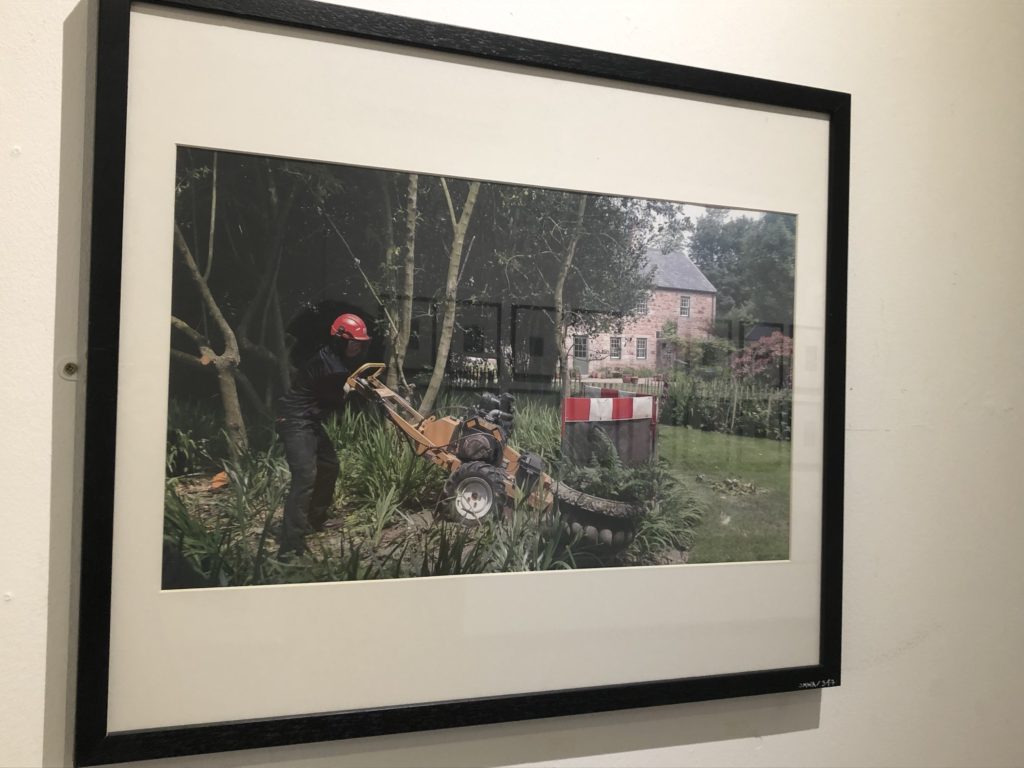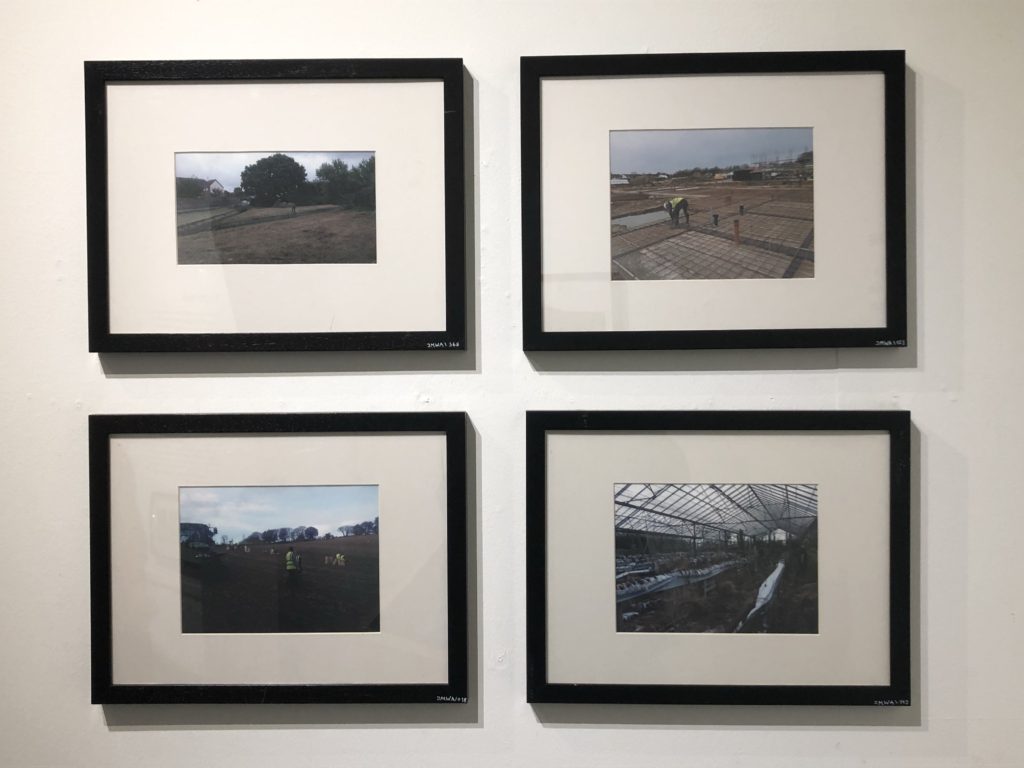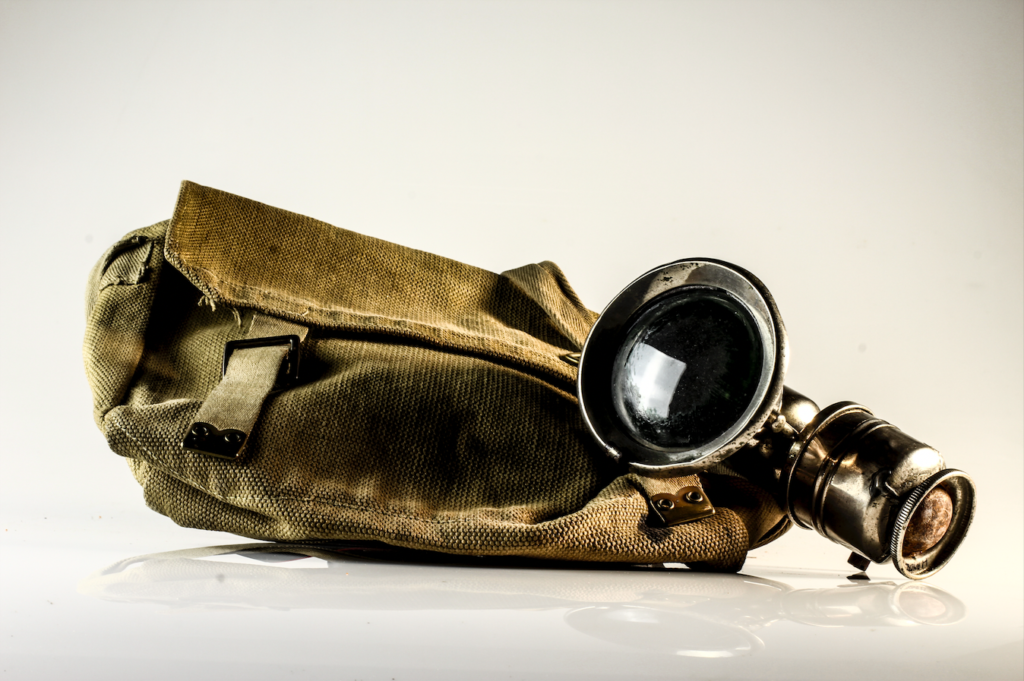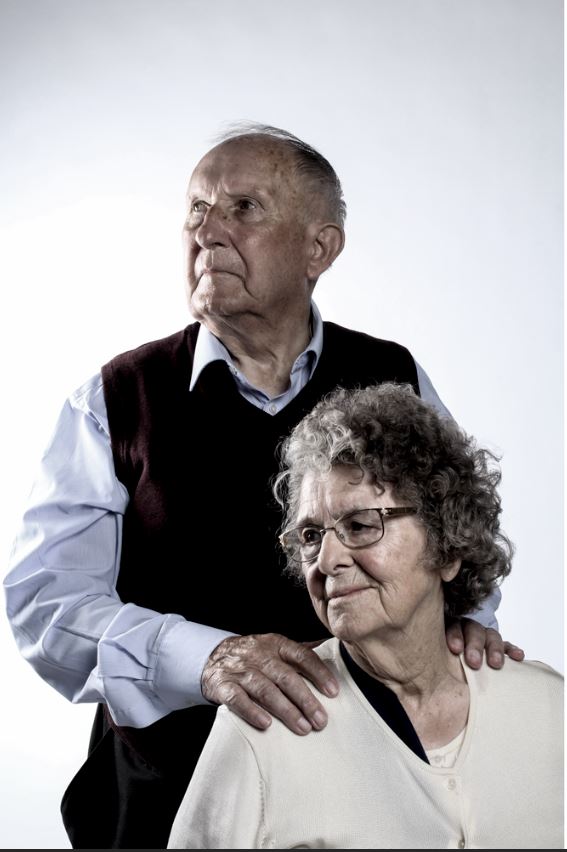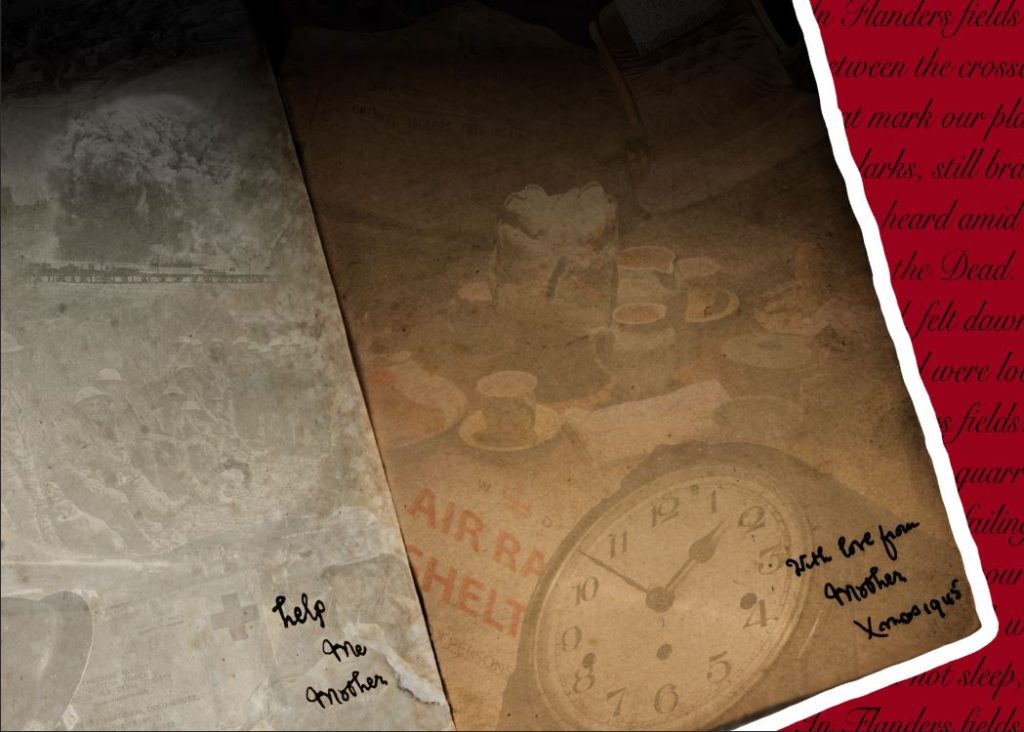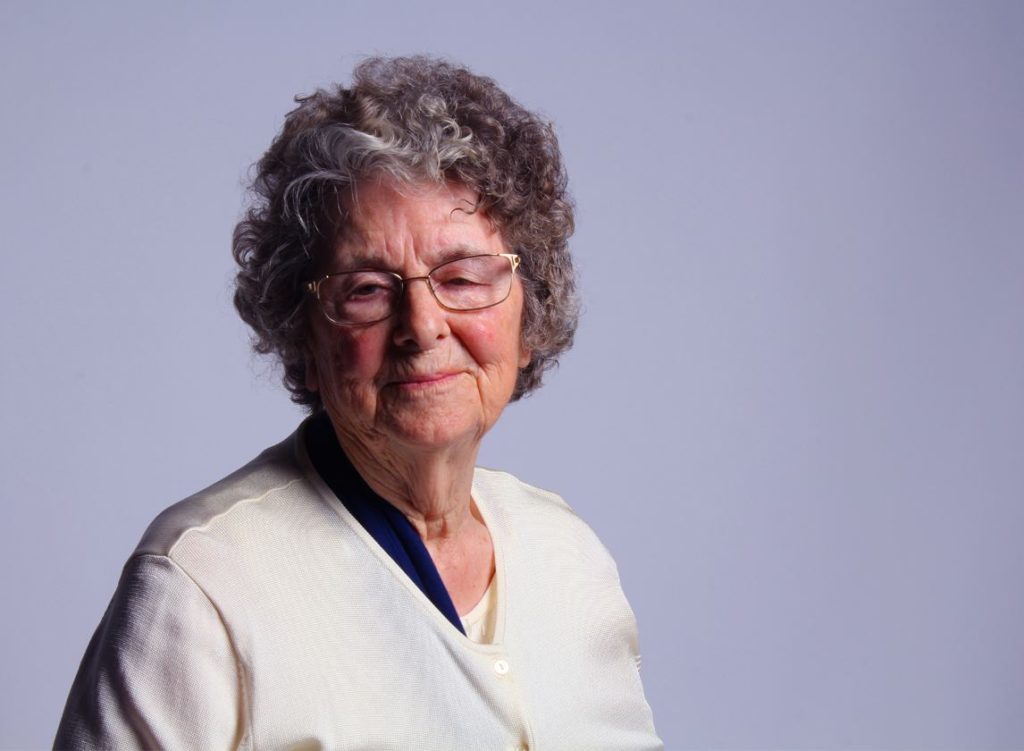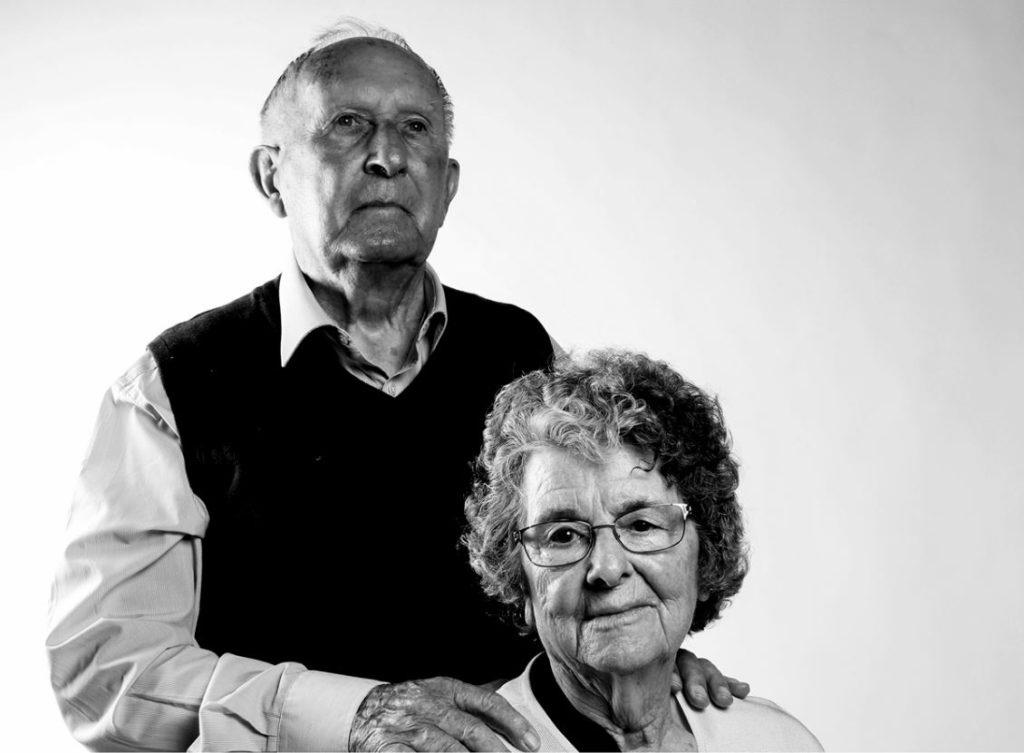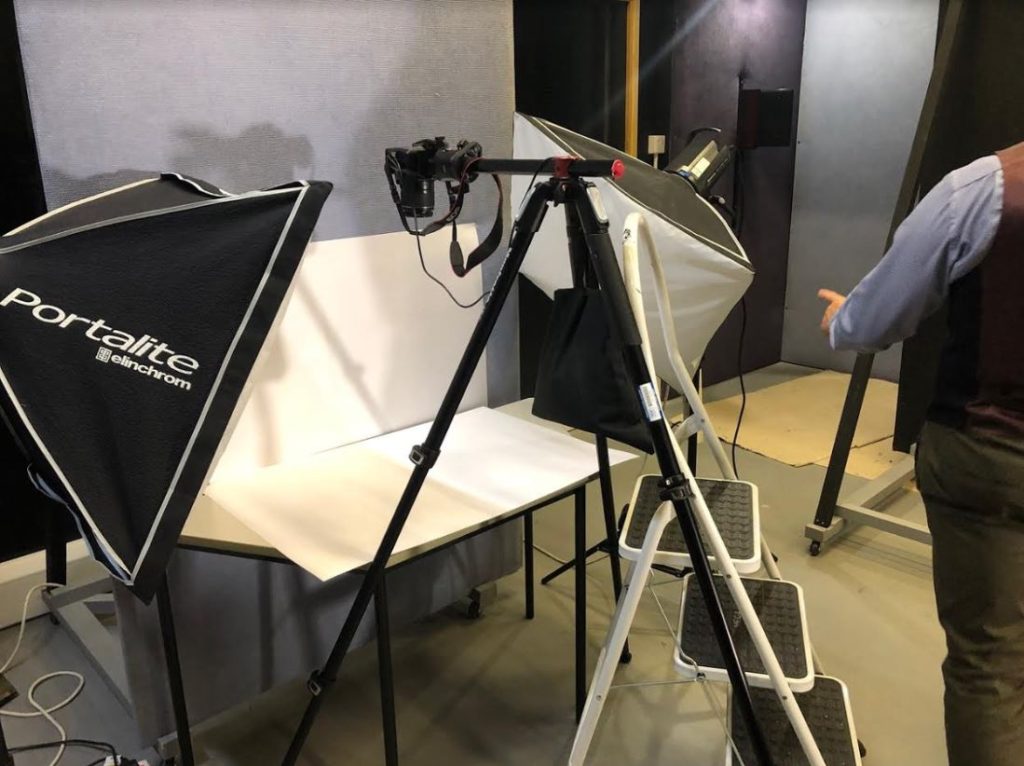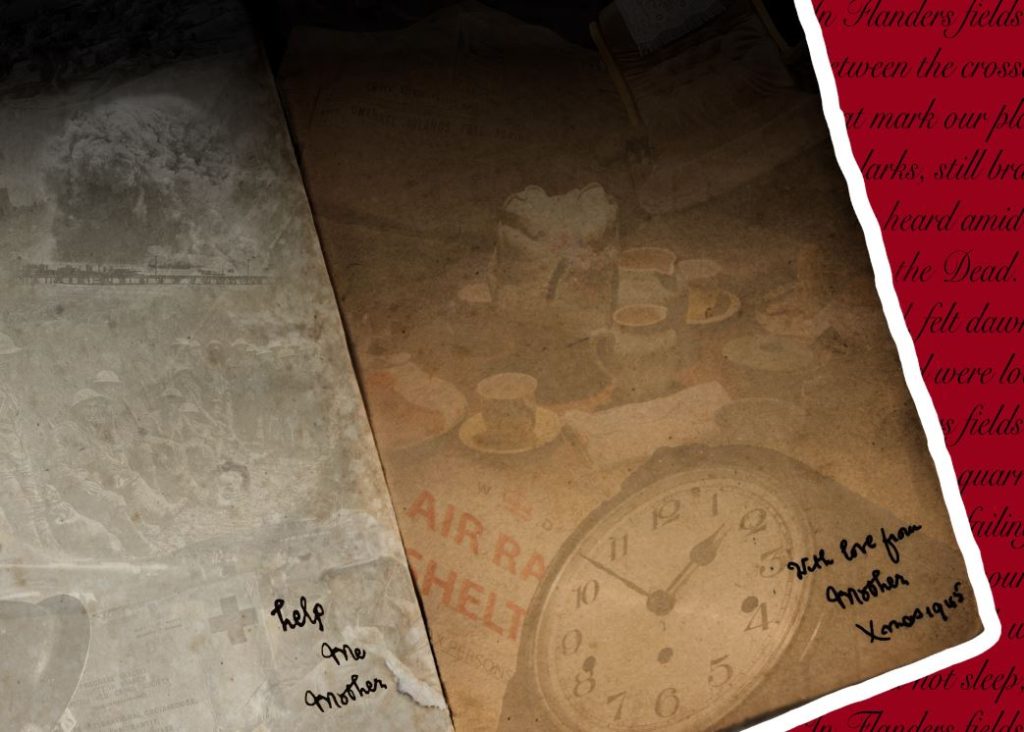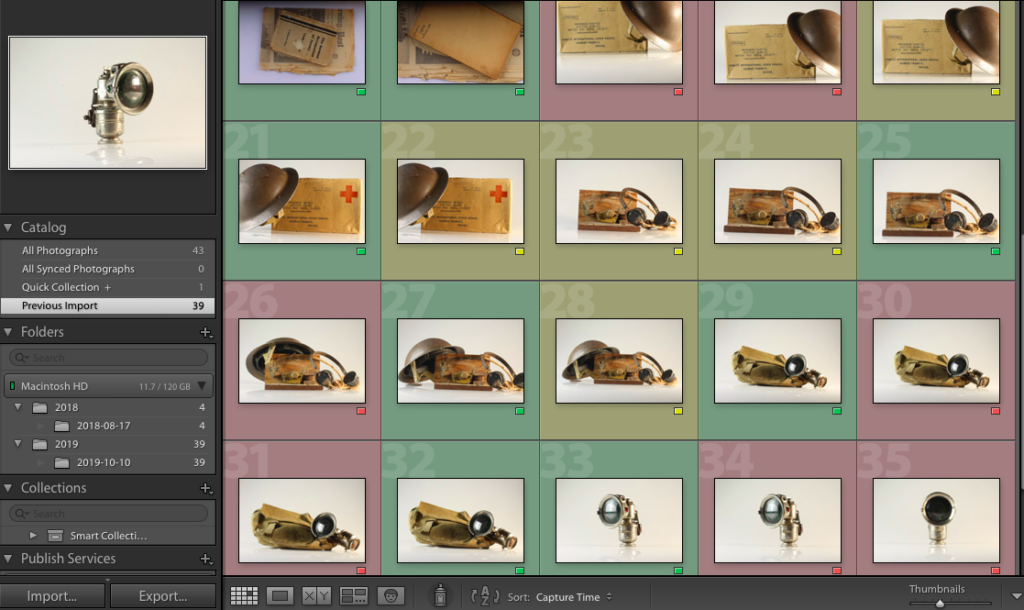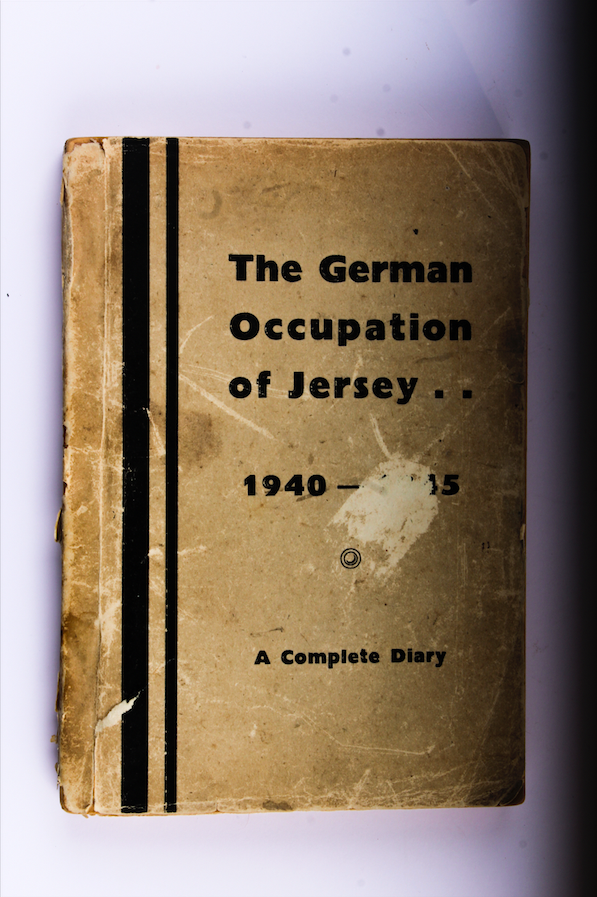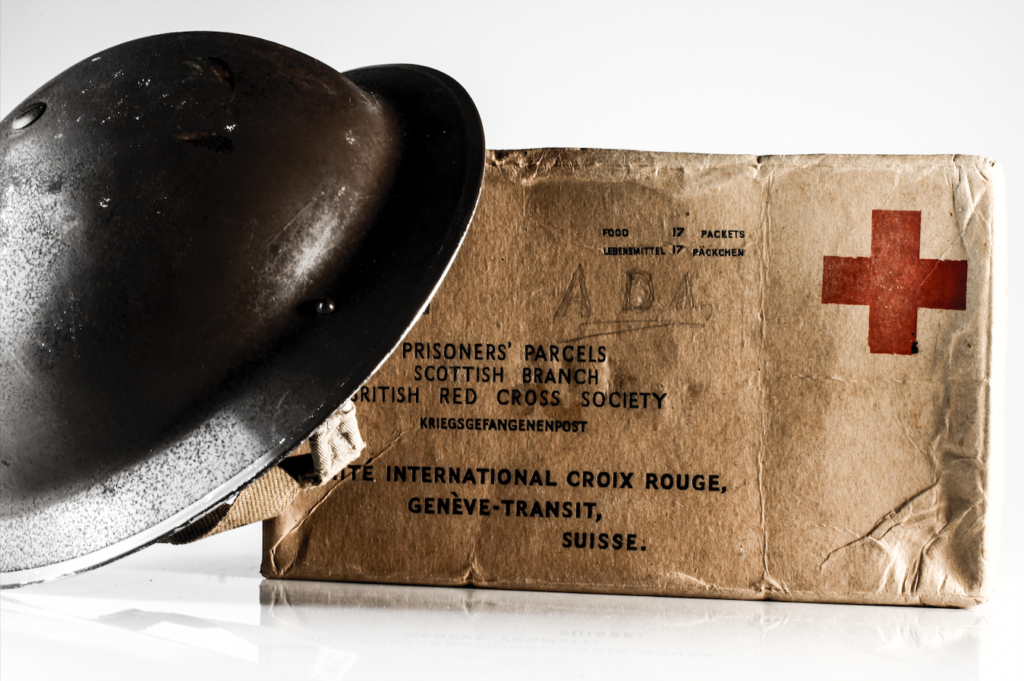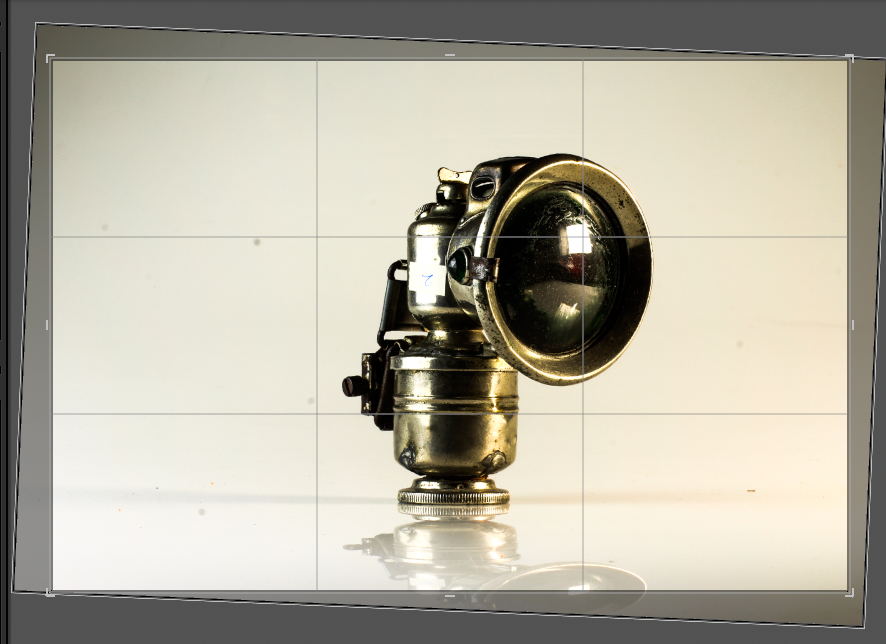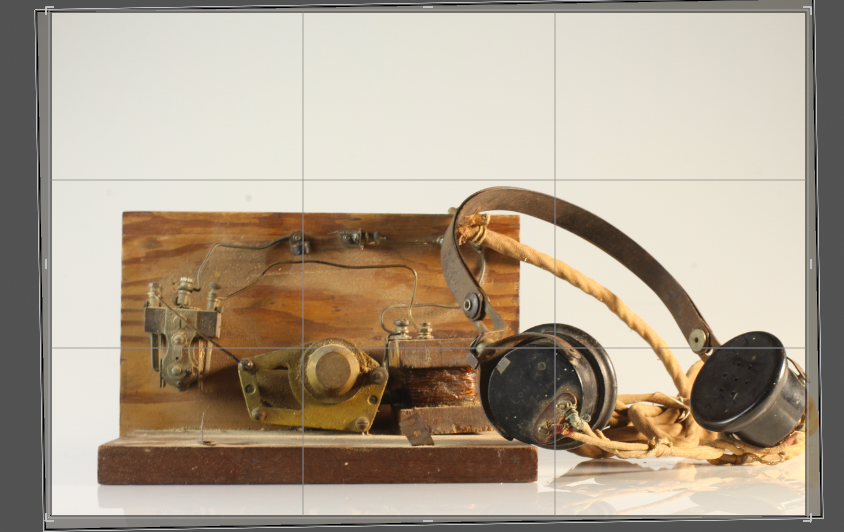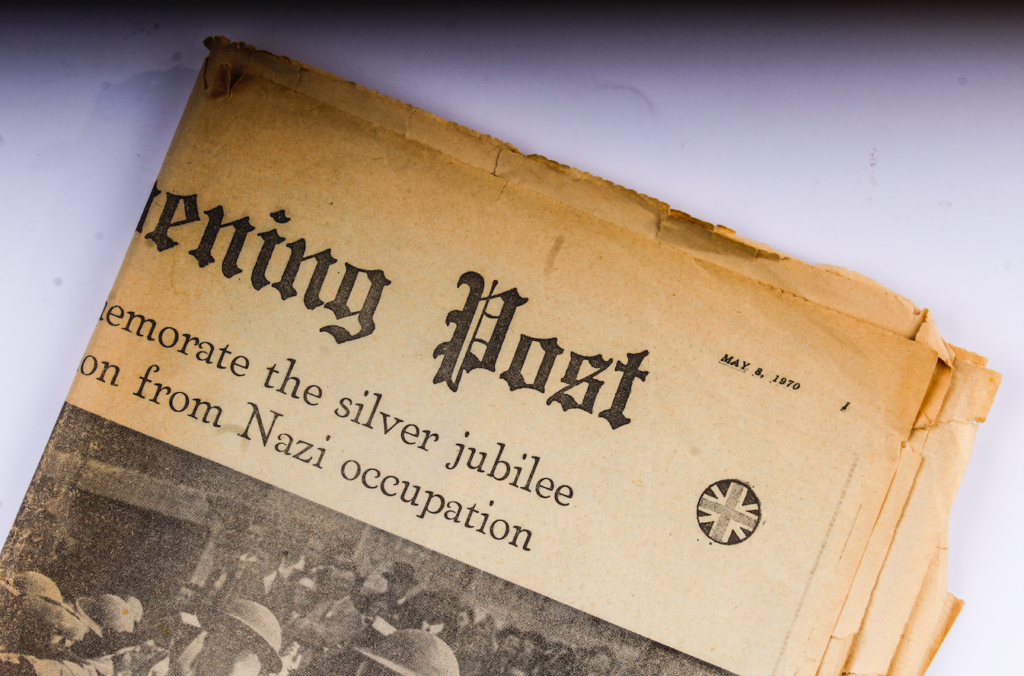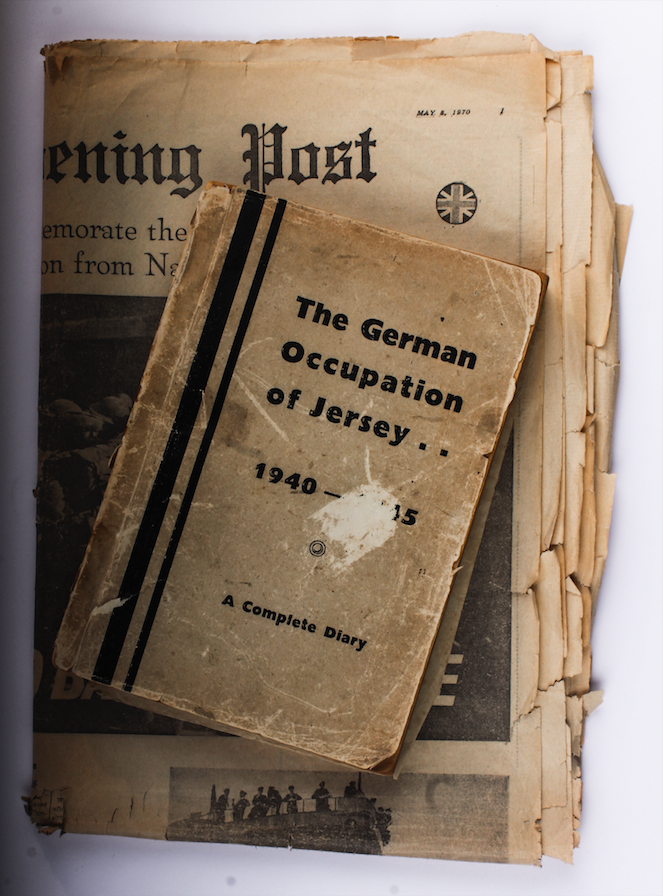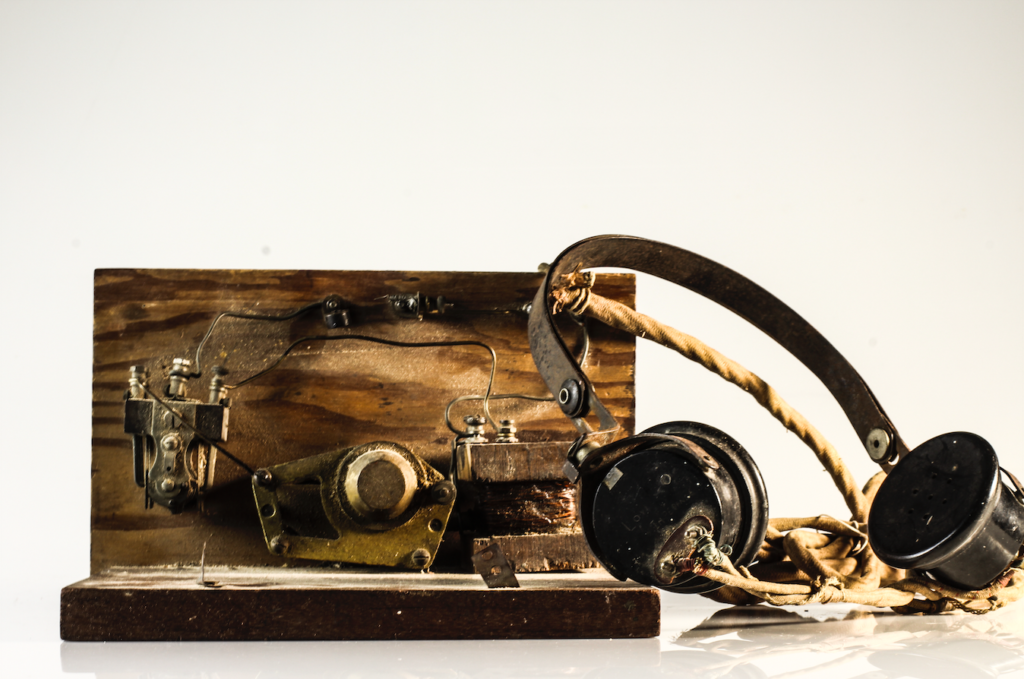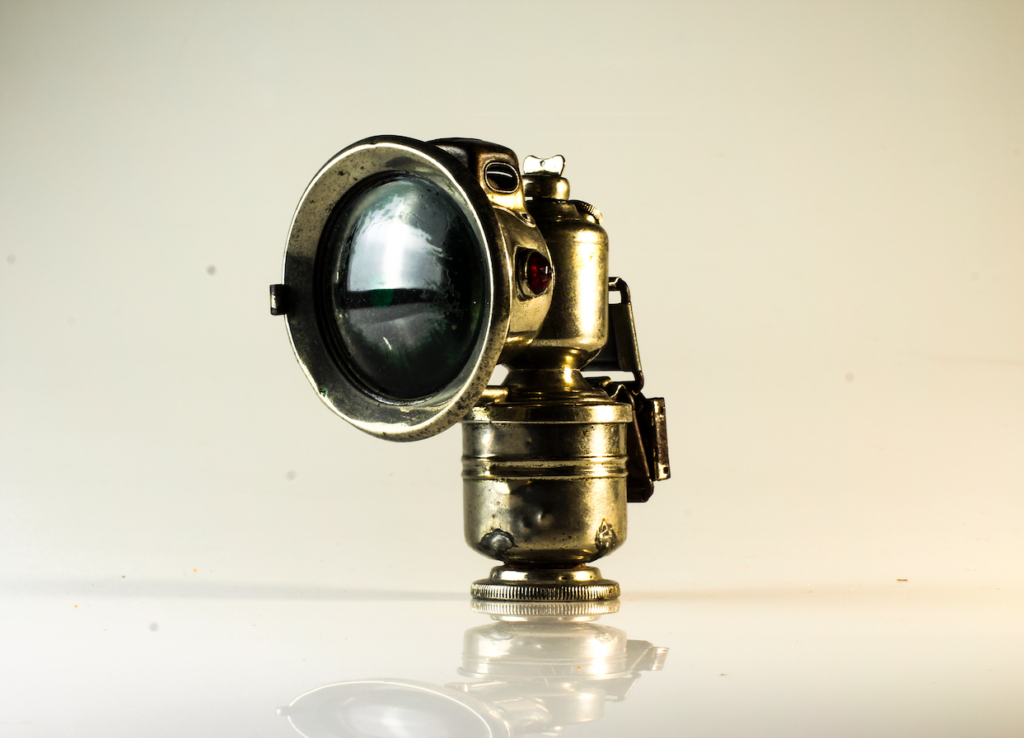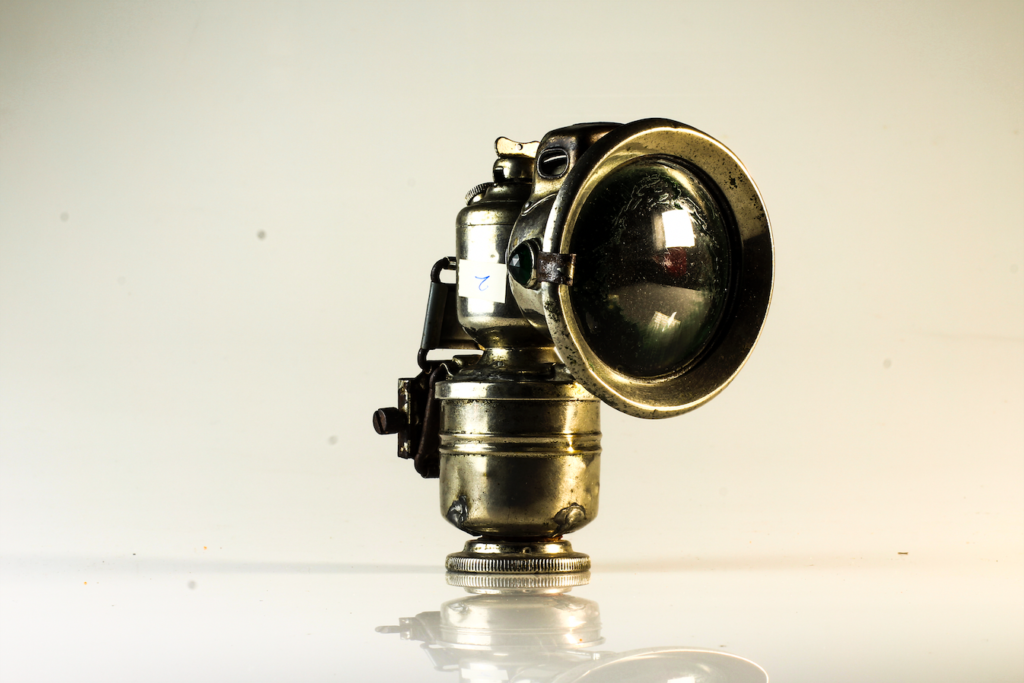In order to gain inspiration for out Personal Study, I attended an exhibition at the local Art Centre in which the project “Invisible Hands” was presented. A collaboration project between artist Alicja Rogalska and The Morning Boat artist labarotory, “Invisible Hands” is a project meant to draw attention to the individual lives and influence that the immigrant labour workers of Jersey have on the islands food production, while at the same time showing how little these workers are given in terms of pay, housing, and representation.
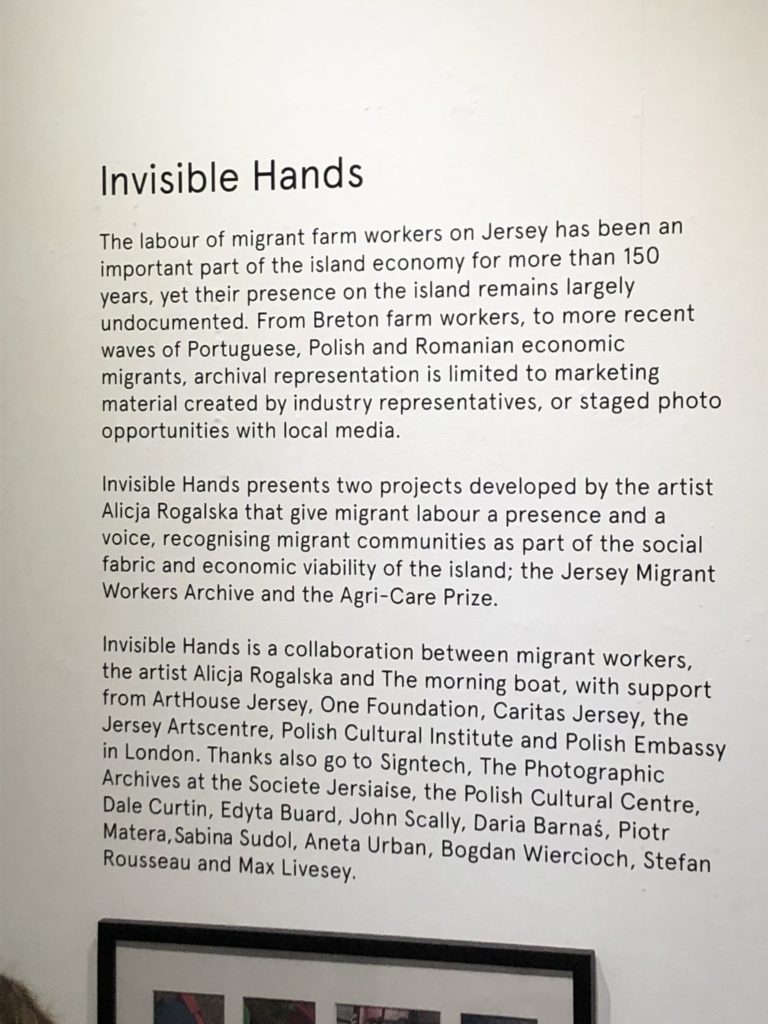
The project itself was original with it’s execution, with the artist using the personal photographs of the workers themselves, showing the lives of the workers from their own perspectives and viewpoints. This produced an interesting range of final images, showing the intimacy and relationships between workers, rather than just documenting the end results of their work (as is done by many photographers who only document fields, food produce and the workers while they work the fields). Overall, the project was meant to show the personal, intimate, human side of the lives of the labour workers in jersey; an aspect that is often ignored by those who document food (specifically potato) production in Jersey.
The above images are examples of the work displayed in the exhibition. All photographs were collated from labour workers mobile phones, and are examples of their own perspectives of their own lives/working days. A selection of the workers images were framed by artist Alicja Rogalska and a representative from The Morning Boat, Casper. The exhibition itself was displayed in such a way as to tell the story visually and through text, with the images displayed next to sections of text explaining the story of Jersey’s labour workers, and the way in which many have been exploited by farmers, forced to deal with low wages and long hours.

Many of the images were framed and arranged, but some of them were printed on larger paper and displayed around the room frameless.
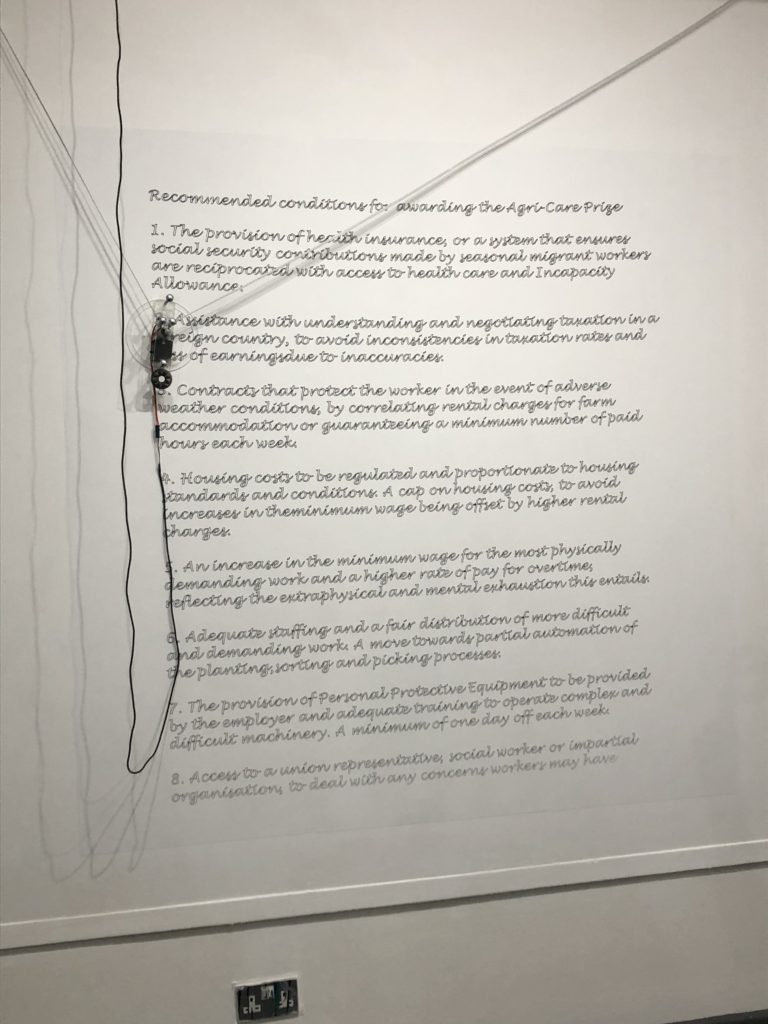
The most eye-catching aspect of the exhibition was the robot on the back wall that had been programmed and designed to write out the recommended conditions provided by the labour workers, when asked what they think should change about the conditions of their work. The robot (moved by a motor, weights and string) wrote out a list of 8 of the conditions thought up by the workers, which included a pay raise and an increase in the amount of personal protection equipment. The concept of programming a computer to write out these recommendations, is metaphorical for the increase in technology and machinery in farming, which can both help to relieve the workload of labourers, while also providing the possibility that, in the future, human labour may be replaced by machinery and technology.

Overall, the exhibition allowed me to gain an insight into the use of candid photography, and the way in which political and social issues can be reflected through visual imagery (photography). Seeing these real life examples of photography where candid photography taken by the community is collaborated to produce a response to a prevalent issue in society, has allowed me to gain inspiration for the way in which context and concepts can be incorporated into imagery, and the way in which collaboration between different mediums (video, machinery and photography) can be used to portray an in-depth, detailed source of information to teach people about important social and political problems that often go un noticed.

